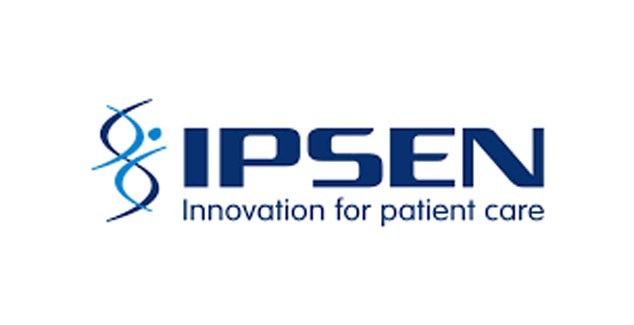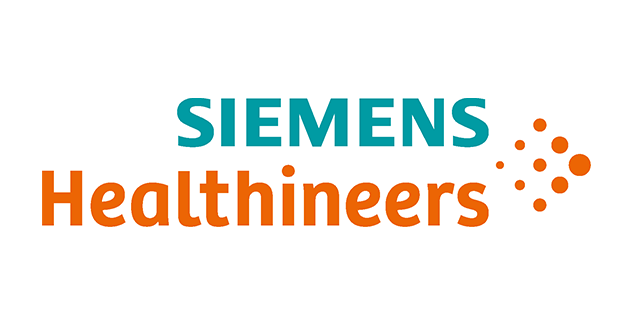What has inspired you to be involved in stroke support?
In 2018 I lost a brilliant colleague to stroke, his loss made me sad and also bewildered as to why this happened to him and his young family, who were left to grieve. Then in 2019 my grandmother woke up in middle of the night, trying to use the bathroom she dropped down, face and mouth instantly twisted, her left hand became stiff and cold and unmovable. Months later my comrade, a 48 year old retired army officer experienced a transient ischaemic attack (TIA), and then a burst aneurysm and a haemorrhagic stroke.
Seeing my friends and family touched by stroke and its devastating effects, I realized that anyone can be affected. Stroke is the second leading cause of death in the Philippines. I became motivated to create public awareness to prevent strokes and to work with stroke survivors as advocates.
What does stroke care look like in your country?
The Department of Health has now made alteplase, the clot-busting drug, available for free in 26 government hospitals nationwide. This effort is highly commendable, but there is no support for local patient care organizations carrying out awareness and education on prevention and recovery programs for survivors.
The public are interested in attending stroke education and awareness sessions but due to low income levels there is a lack of public fundraising.
How did the project come about?
After many conversations, it became clear that many people affected by stroke were not previously aware of stroke risk factors, and that caregivers and families were totally ignorant of the symptoms and effects. So right there is was glaringly obvious that public education is desperately needed, especially on healthy lifestyles and coming to terms with life after stroke.
What have been some of the outcomes of the project?
After two months we are still in the pilot phase of our work, but it is amazing how receptive survivors and those wanting to prevent stroke are to full information and education on how to prevent a stroke and life after stroke. At the moment our sessions and outreach are well attended. People call to ask when next we are due for a speaking engagement, and many health professionals link up with us for outreach engagements. Our home visits to survivors seem to be very encouraging to them in believing there is a reason to live.
What has been the feedback from stroke survivors to the project?
Engaging survivors in public meetings has given them a sense of belonging and reason to live and to become active. Survivors are happy there is an organization that brings them together, where they can share their experiences, both challenges and successes, in their journey after stroke. The project also checks in with them and supports them to sustain healthy behavior that contributes to their recovery.
What has been the response from others – community, doctors, politicians?
The community has responded collaboratively to our project and engaged with our efforts and programs. Our contact number keeps ringing, but unfortunately the community expectation is that we can deal with all their requests – including supplying an ambulance if a member of the public has a suspected stroke. Public doctors seem to be very happy with the program and are willing to participate in public events as speakers; this is something that we want to build on. Private doctors seem to be a little uncomfortable because we may be perceived as a competitor. We want to pursue building a relationship with them.
What would you say to other people to make them take stroke prevention seriously?
You could be the next person hit by stroke. Don’t Be The One.

 Member login
Member login












